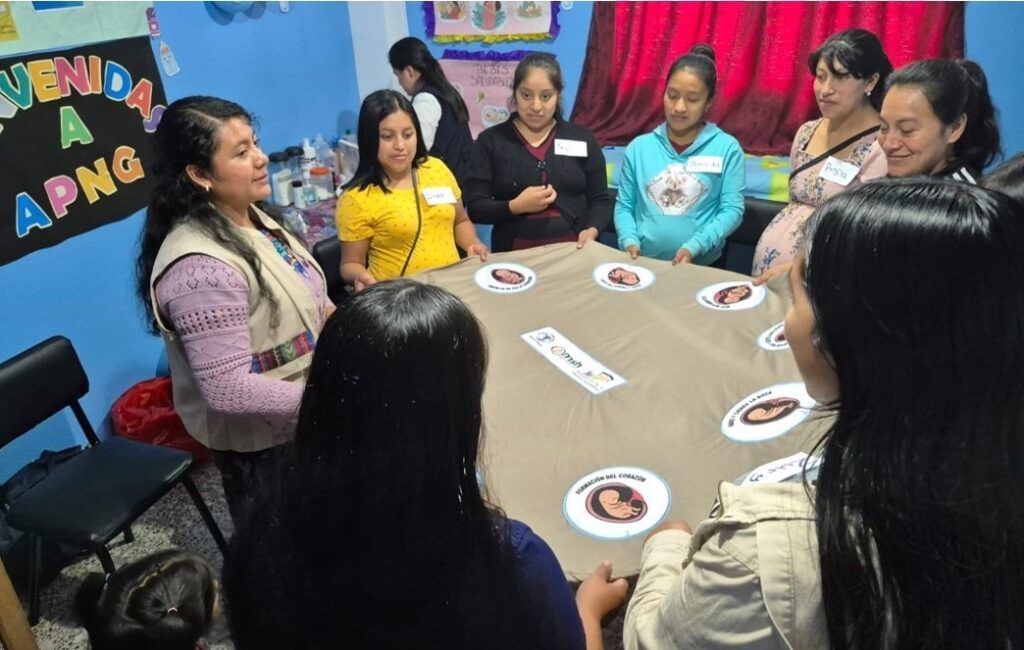Evaluating the Integration of Tuberculosis Screening and Contact Investigation in Tuberculosis Clinics in Ethiopia: A Mixed Method Study
Evaluating the Integration of Tuberculosis Screening and Contact Investigation in Tuberculosis Clinics in Ethiopia: A Mixed Method Study
Abstract
Background
Aligned with global childhood tuberculosis (TB) road map, Ethiopia developed its own in 2015. The key strategies outlined in the Ethiopian roadmap are incorporating TB screening in Integrated Maternal, Neonatal and Child Illnesses (IMNCI) clinic for children under five years (U5) and intensifying contact investigations at TB clinic. However, these strategies have never been evaluated.
Objective
To evaluate the integration of tuberculosis (TB) screening and contact investigation into Integrated Maternal, Neonatal and Child Illnesses (IMNCI) and TB clinics in Addis Ababa, Ethiopia.
Methods
The study used mixed methods with stepped-wedge design where 30 randomly selected health care facilities were randomized into three groups of 10 during August 2016-November 2017. The integration of TB screening into IMNCI clinic and contact investigation in TB clinic were introduced by a three-day childhood TB training for health providers. An in-depth interview was used to explore the challenges of the interventions and supplemented data on TB screening and contact investigation.
Results
Overall, 180896 children attended 30 IMNCI clinics and145444 (80.4%) were screened for TB. A total of 688 (0.4%) children had presumptive TB and 47(0.03%) had TB. During the pre-intervention period, 51873 of the 85278 children (60.8%) were screened for TB as compared to 93570 of the 95618 children (97.9%) in the intervention (p<0.001). This had resulted in 149 (0.30%) and 539 (0.6%) presumptive TB cases in pre-intervention and intervention periods (p<0.001), respectively. Also, nine TB cases (6.0%) in pre-intervention and 38 (7.1%) after intervention were identified (p = 0.72). In TB clinics, 559 under-five (U5) contacts were identified and 419 (80.1%) were screened. In all, 51(9.1%) presumed TB cases and 12 (2.1%) active TB cases were identified from the traced contacts. TB screening was done for 182 of the 275 traced contacts (66.2%) before intervention and for 237 of the 284 of the traced (83.5%) under intervention (p<0.001). Isoniazid prevention therapy (IPT) was initiated for 69 of 163 eligible contacts (42.3%) before intervention and for 159 of 194 eligible children (82.0%) under intervention (p<0.001). Over 95% of health providers indicated that the integration of TB screening into IMNCI and contact investigation in TB clinic is acceptable and practical. Gastric aspiration to collect sputum using nasogastric tube was reported to be difficult.
Conclusions
Integrating TB screening into IMNCI clinics and intensifying contact investigation in TB clinics is feasible improving TB screening, presumed TB cases, TB cases, contact screening and IPT coverage during the intervention period. Stool specimen could be non-invasive to address the challenge of sputum collection.
